Basic Calculations of Instrument Air
Instrument air consumption shall be calculated during detail design to determine the plant utility air requirement by pneumatic operated instrument as well as package which requires air for its utility such as purging or other purpose. Instrument air consumption calculation will be the basis to size instrument air utility system which consists of air compressor, air drier, and air receiver.
Actuated valve such as shutdown valve, blowdown valve and control valve are instruments which require instrument air for their operation. Instrument air requirement of each instrument valves depends on its actuator size and its operation. Shutdown valve and blowdown valve may be considered working intermittently, while control valve working continuously. It should be noted that the instrument air required by control valve during steady condition is much lesser than during its transient condition.
Assumption
To determine the instrument air consumption, some assumptions should be made (please note that these assumptions are for example only, not as standard reference, and may differ on each project):
Normal air consumption demand
- Control Valve
From total number of control valve, 90% of control valve operates in stable condition hence requires steady state air consumption only, while 10% could be in unstable condition hence requires transient air consumption.
- Shutdown valve / Blowdown valve
Shutdown valve and Blowdown valve only require instrument air when they are operating which is predominantly during start up after shutdown, so it is considered intermittent consumption and one can assume that only some number of valve are working simultaneously. It could be assumed that 10% of the valve will operate simultaneously for normal air demand calculation.
Peak air demand
From total number of control valve, 70% of control valve operates in stable condition hence requires steady state air consumption only, while 30% is in unstable condition hence requires transient air consumption.
Shutdown valve / Blowdown Valve
Let’s say 100% of the valve will operate simultaneously for normal air demand calculation.
*Note that the number of percentage state here is assumption only and may differs among each projects
Vendor data
The next step is to gather data from vendor / manufacturer catalog which provides information of instrument air consumption.
The following is data taken from catalog:
- Control valve in stable condition 0.3 scfm
- Control valve in unstable condition 7 scfm
For actuated valve, the instrument air consumption depends on size of actuator (swept volume) which could be obtained from vendor catalog. The required opening or closing time of the main valve will also influence the air consumption rate.
Calculation
For instrument air consumption calculation, simply multiply the number of valve in the plant with the air consumption data, then sum for all instruments. Do the calculation tabulation for both normal and peak condition. In addition, other package which requires instrument air shall also be included.
Reference : Instrumentationportal.com
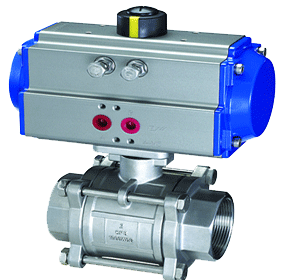
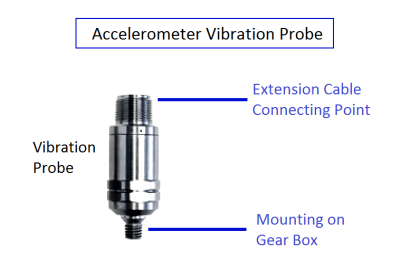
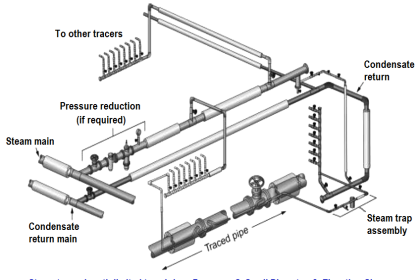
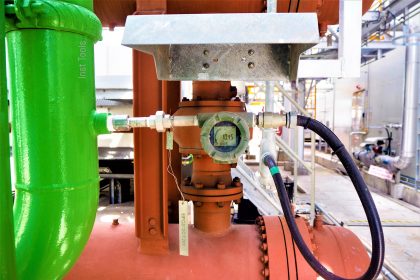
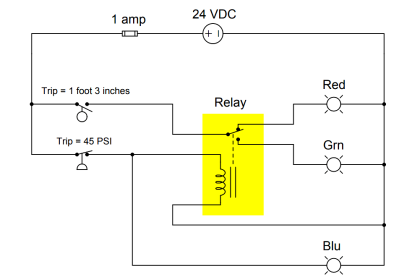

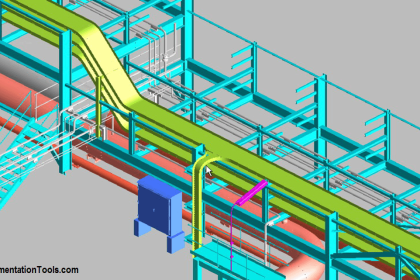


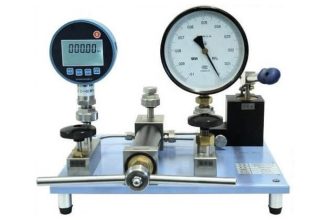
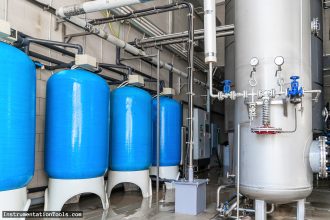

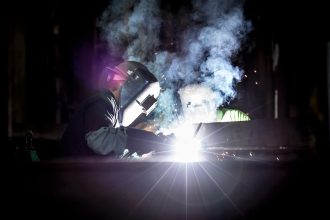
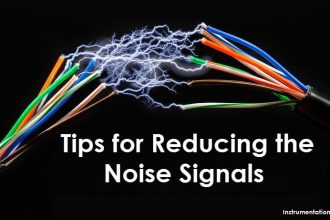
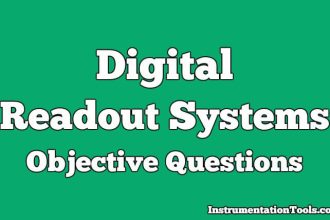
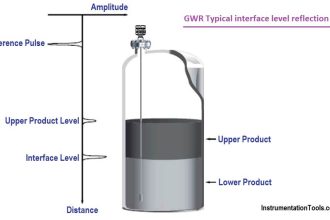

Thanks for sharing the information.
Please give the clarifications for the below points
control valve stable condition 0.3 scfm
control valve in unstable condition 0.7 scfm
is these values are applicable for any size of control valve actuators or not?
Please share the formula
From total number of control valve, 90% of control valve operates in stable condition hence requires steady state air consumption only, while 10%
From total number of control valve, 70% of control valve operates in stable condition hence requires steady state air consumption only, while 30% is in unstable condition hence requires transient air consumption.
Hi could you justify which standard are referred? ISA/API etc.. thanks
Sir actuator air consumption is there any volume calculation?